Sharpening Spade Bits
Gareth's Tips, Tools, and Shop Tales - Issue #53
I really appreciate the positive responses I get whenever I send out a newsletter. And, of course, I love all of the content submissions. If this newsletter is as useful and inspiring as some tell me it is, I’d love to spread the word and get more people inside the tent. Can you help? My pal, Kent Barnes, does a very helpful thing whenever a newsletter is published. He tweets something that he’s learned from it and then links to the newsletter (and my Twitter account). If you did that, too, it’d be a huge help.
Sharpening Spade Bits
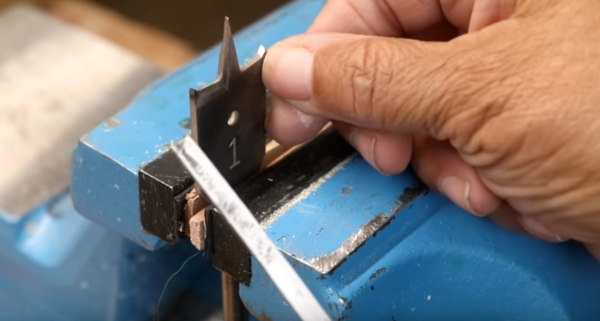
It’s easy to sharpen spade bits.
In another useful See Jane Drill video, Leah shows viewers how easy it is to sharpen spade bits with a flat file. This channel is clearly aimed at beginners, but there are often things in the videos that makers of any skill level can benefit from knowing (or being reminded of).
Making Your Own Dupont Connectors
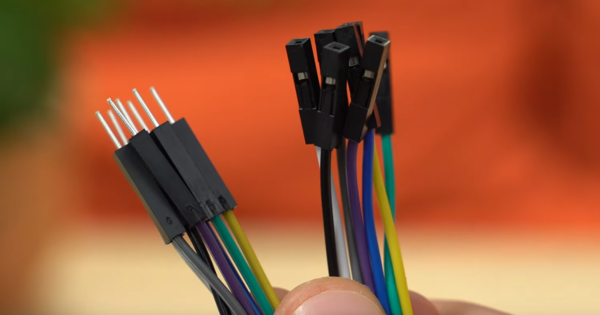
DIY Duponts
Impact Wrench Dance Off?
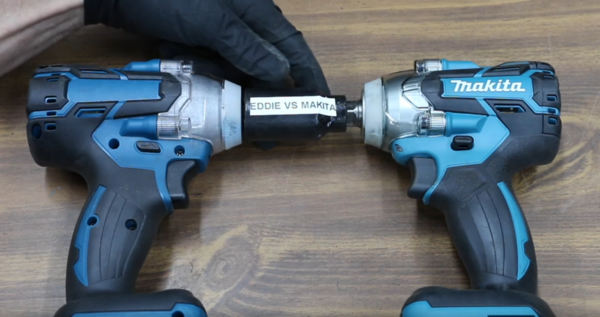
Impact wrench head-to-head.
In this recent Project Farm video, Todd compares a $138 Makita XWT11Z 18V LXT Lithium-Ion Brushless Cordless 3-Speed ½” Sq. Drive Impact Wrench to an under-$30 knock-off he dubs Cousin Eddie. Putting them through various speed, endurance, and torture tests (and even a dance-off?), not surprisingly, the Makita smokes Cousin Eddie. But the real surprise is that, for less than 30 bones, Cousin Eddie isn’t half bad and a tool to consider for folks like me who have limited, light-duty needs for such a tool. Todd found Cousin Eddie on eBay.
Easy Paint Identifying
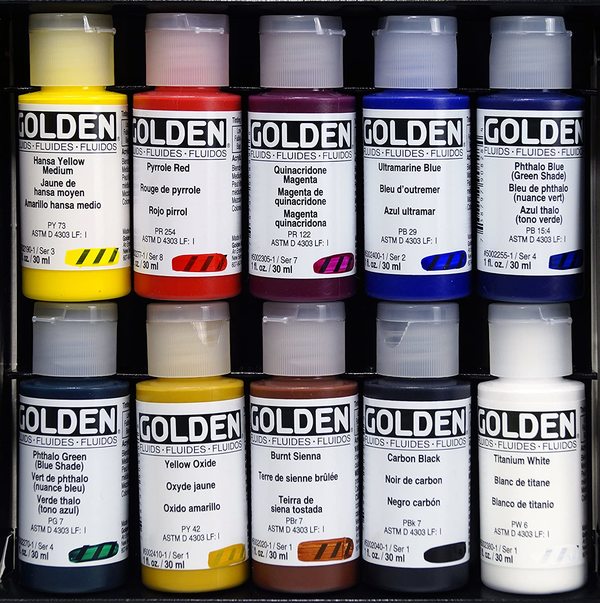
Paint the color on the outside so that you can clearly see it when stored.
Reader urnsbothends writes (in response to my item about hobby/craft paints):
The best paints I use (Golden acrylics) have a spot on the label where paint from that batch and bottle is brushed across a patch of stripes so you can see the color, finish, translucency, texture, etc. You can recreate this with masking tape and Sharpie-ing the initial of the layer type (Base, Undercoat, Highlight, Wash, etc) and then painting a stripe across it, ideally on the part of the bottle that faces out when stored.
Classic Tip Reminder
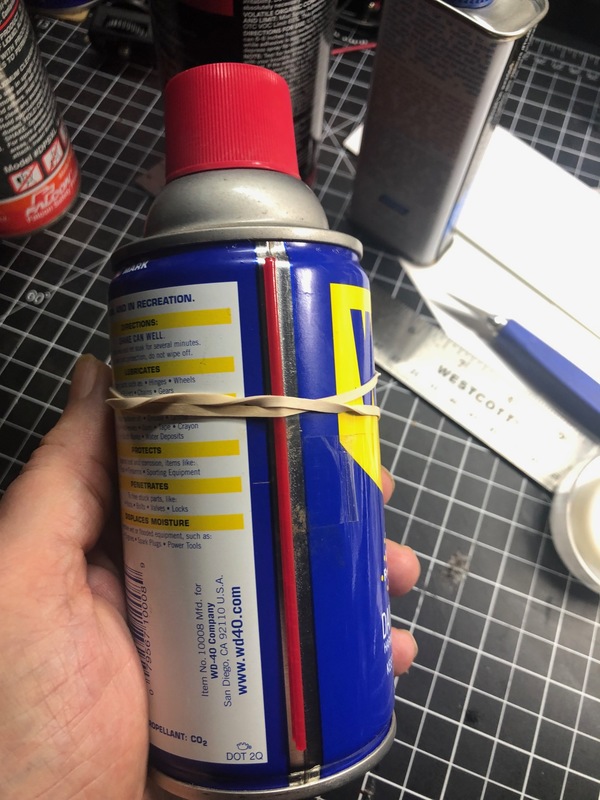
Oldie but goodie.
Last night, reaching for my WD-40 to lubricate some door hinges, I was reminded of one of the first truly useful tips I employed as a young offset printer. For any spray that uses a plastic “straw” applicator, rubber band the applicator to the can (or YOU WILL lose it). I assume most or all of my readers know this trick, but if not…
Teaching Technological Curiosity to Your Kids
I bumped into this idea on Twitter but can’t remember on whose account. To teach your kids scientific and technological curiosity, when a tool, appliance, toy, etc. breaks, rather than just throwing it out, ask your kids: “Do you want to take it apart and figure out how it works and what might be broken?” You may even be able to fix it, but either way, you’ll all gain a greater knowledge of what’s under the hood of the technology in your life and you’ll give your kids a richer understanding of how things work.
Maker’s Muse
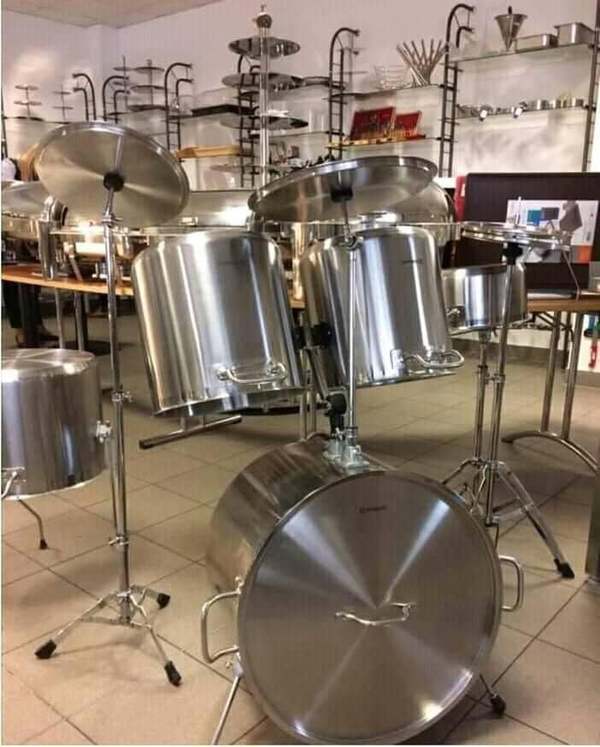
Spotted on the Angry Chef Facebook group.
A key component of creativity is being able to see things outside of their categories – to see things as other things.
Shop Talk
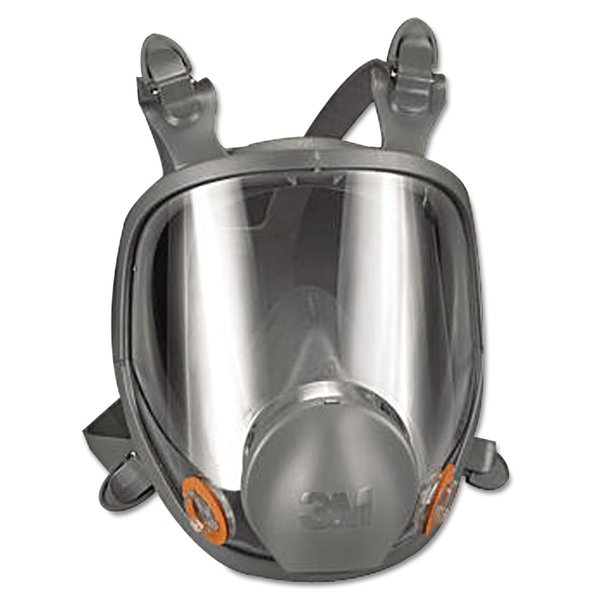
A 3M Full Face Respirator.
In response to my query about workshop safety in the COVID-19 era, reader Jeff Powers sent this wonderfully thoughtful and sensible outline of the guidelines used in his shared workshop. It’s long, but I thought I’d share in its entirety. Thanks, Jeff!
We are an architectural workshop/model shop in London and have a similar issue. We luckily have multiple workshop spaces (2 workshops, separate computer areas, a 3D print room, and CNC room). While some of the solutions are specific to our situation, hopefully some of them can help others.
1. Realisation by the team that the workshop is always an inherently risky place, and we should be used to taking precautions when we work anyway. From cleanliness, safe operation, and use of PPE, these habits just become slightly modified for COVID. Taking care and extra time before beginning a task and after it ends – to assess risk, cleanliness etc – is all the more important now, but should not significantly change any workflows. Safe operation is especially important during these times, you never want to go to the hospital with a workshop injury, but especially during these times, extra care should be observed so we don’t put any more unnecessary strain on the health care system.
2. We already use dust masks, nitrile gloves, and have very good mechanical workshop ventilation. We now just wear the PPE more, and all of the extraction is on all the time. And we have proper waste disposal for gloves. You can find services that recycle them properly.
3.On ventilation, here in the UK, we need to test it yearly, both local ventilation and the whole room. I would suggest any shop that can’t open windows for airflow, check their ventilation spec and cross reference against their gov’t authority recommendations. As in the case of all things COVID right now, we are cross-referencing with multiple gov’t guidance – as everyone is suggesting different requirements. We check UK, EU, US, CAN guidance, and ensure we are compliant with our local recommendations – but push for a higher level if possible.
4.We love the 3M respirators. We use them as we frequently paint in a spray room all day. Filters sold separately.
3M 7500 Silicone Half-Face Respirator Mask
3M 6000 Series Full Face Mask Respirators – I really prefer this one for all-day use. Its fairly light and comfortable for what it is, and has built-in eye protection
5.We have found dust masks with air ventilators to reduce sweating and condensation. They are USB-chargeable and last a few hours before needing recharge. They are great for wearing lighter dust mask – and keeping your face cool(er).
6. Mounted glove/wipe stations – using these racks in entry/exit and near key tool areas.
3-Tiered Rack: you want ones that hold each box separately, not stacked on top of each other.
The racks make it much easier to grab gloves without fiddling with a box, and we can fit a box/package of disposable wipes in one of the box locations.
7. Where 2m distancing not possible – masks on.
8. Shared tools (fixed machines) – Disinfectant wipes are now located next to all fixed machines. Buttons, switches, and surfaces get a wipe before and after use.
9. Shared tools (larger hand power tools) – Disinfecting wipes again. We store them in Festool boxes – and wipes go in each box with the tool.
10. Shared tools (smaller) – For tools that are inexpensive and in multiples, every maker gets their own . For anything else: cleaned down , wiped, and put into a beauticians UV steriliser after use. We also have a Form 3 Cure that we use in a similar way, but it is not rated for it, and we don’t completely trust it. All tools left out go in the sterilizer at the end of the day.
11. Shared keyboards (laser cutters, 3D printers etc) – Wipe before and after each use. Change usage habits . We used to use them by just hopping on and off as needed. But now it means a few people on the laser stations for longer times doing whole cut lists.
We are looking at using keyboard covers and washing them during the day, but haven’t tested it completely.
12. Replacing any button that we can with a brass/copper pad/tape. The virus lasts less time on it than plastic or steel. Check if viable with electrical safety.
13. Shop sinks – Use it more frequently. And not just for pouring your tea down. And no eating in the workshop. Moisturiser is now just as important as soap and sanitizer!
14. Tables, Handles, Drawers etc. – Wipe down before use and at the end of day.
15. Workplace culture and support – Everyone is itching to be making and working – that’s what we love. But also, making sure people feel comfortable to speak up if they feel unwell or unsafe. We have a mutual stop work policy so that we all feel comfortable to stop our own work or someone else’s if we feel it’s unsafe or could be done better.
Also, if team discussions/meetings need to take place, they are limited to small groups, or outside, and kept short.
16. Outside of the workshop – In preparing the safety of our workshop, we realised that other areas/activities of the workplace are WAY riskier than the workshop for COVID. We are in central London, so most people take public transit to work. Kitchens and shared bathrooms are also high-risk vectors. These areas should be considered in the same way as workshop safety.
07/9/20(Gareth’s Tips, Tools, and Shop Tales is published by Cool Tools Lab. To receive the newsletter a week early, sign up here. — editors)









